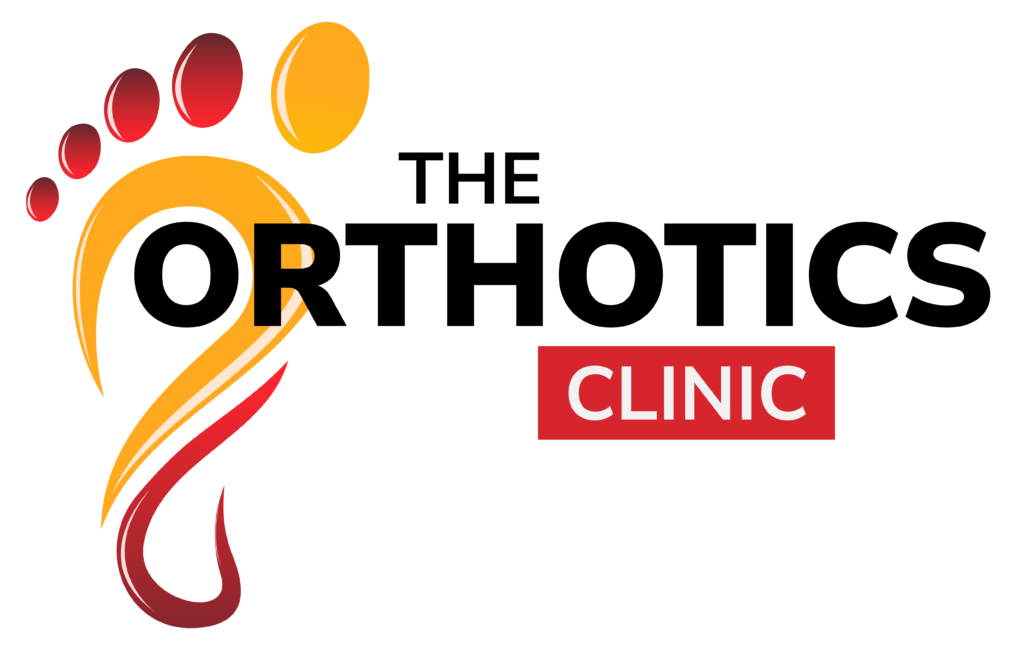Brain Injury
Brain injury in adults refers to damage to the brain that occurs after childhood. It can affect a person's ability to think, move, and control their emotions.
An Acquired brain injury (ABI) covers all situations in which brain injury has occurred since birth, and includes traumatic brain injury as well as tumour, stroke, brain haemorrhage and encephalitis, to name a few.
Traumatic brain injury (TBI) is an injury to the brain caused by a trauma to the head
(head injury). There are many possible causes, including road traffic accidents, assaul falls and accidents at home or at work.
The effects of a traumatic brain injury can be wide ranging, and depend on a number of factors such as the type, location and severity of injury.

Orthotic Treatment
Orthotics are a valuable tool in the management of patients with traumatic brain injury (TBI) who experience physical impairments, such as gait and balance disturbances, spasticity, and weakness. These devices are designed to support, align, or enhance the function of the body and can significantly benefit individuals with TBI.
-In the acute phase after injury, Pressure Relieving Ankle Foot Orthoses (PRAFOS) help maintain foot and ankle mobility while preventing pressure sores during hospital treatment
-Anti-contracture devices for upper and lower limbs can complement Botox injections to maintain joint range in cases of spasticity. Custom ankle foot orthoses help preserve foot and ankle mobility while providing stability.
-Helmets can be custom-made for protection as required, and more cosmetic options are now available.
-Dynamic Lycra Garments help reduce muscle tone, improve body alignment, and enhance proprioception through strategically placed panelling. Available in various configurations from full suits to arm sleeves, they stimulate sensory systems and support neuroplasticity.
Incorporating orthotic devices into a comprehensive treatment plan which will evolve with the patient’s rehabilitation needs and goals can significantly improve their quality of life, and working collaboratively in a multi-disciplinary team can enhance their mobility, independence, and overall function.
Frequently Asked Questions.
- Goal Setting: At the outset of treatment, the clinic collaborates with patients and their families to establish clear, individualized goals tailored to their specific needs and expectations. This collaborative goal-setting process ensures that everyone is aligned on what constitutes success.
- Outcome Measures: The clinic utilizes various outcome measures to assess progress over time. This includes both performance-based measures, where patients perform specific tasks, and self-report measures, where patients provide feedback on their experiences and satisfaction with the orthotic devices.
- Regular Follow-ups: The Orthotics Clinic recommends regular follow-up appointments to monitor progress, adjust treatment plans as necessary, and ensure that orthotic devices are functioning effectively. During these appointments, clinicians gather objective data on improvements in mobility and function.
- Patient Satisfaction: A critical component of measuring success is evaluating patient satisfaction throughout the treatment journey. The clinic emphasizes the importance of patients feeling comfortable and confident in using their orthotic devices, as this directly impacts their willingness to engage in rehabilitation activities.
- Adaptability: The clinic recognizes that goals may change over time due to evolving patient needs or new challenges. Therefore, we remain flexible in adapting treatment plans based on ongoing assessments and feedback from patients.
